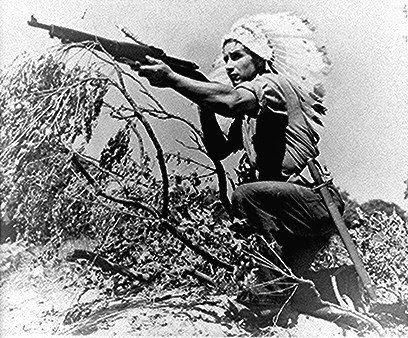Large crowds turn out for Fourth of July 1899
Claude Tibilier, one of San Diego’s most prominent citizens, died on March 6, 1899 after becoming paralyzed following several days of dengue fever. He was buried the following day with Father J. P. Bard officiating over a Catholic funeral. Serving as pall bearers were Paul Bears, W. W. Meek, C. H. Hufford, P. Eznal, Frank Feuille, S. H. Woods, and B. Miret. The Corpus Christi Caller reported the funeral was one of “largest seen in San Diego”. The funeral procession left the Tibilier home for St. Francis de Paula Catholic Church and from the church proceeded to the San Diego Cemetery. Tibilier was survived by a wife, eight children, a brother, and several sisters. He was a member of the fraternal organizations the Knights of Honor, the Knights of Pythias, and the Woodmen of the World. He believed in “Republicanism of the heart and Democracy of the fireside”. Two months later, Tibilier’s widow was building a $1,200 home. M. D. Cohn was also building a $1,500 residence, showing San Die...



